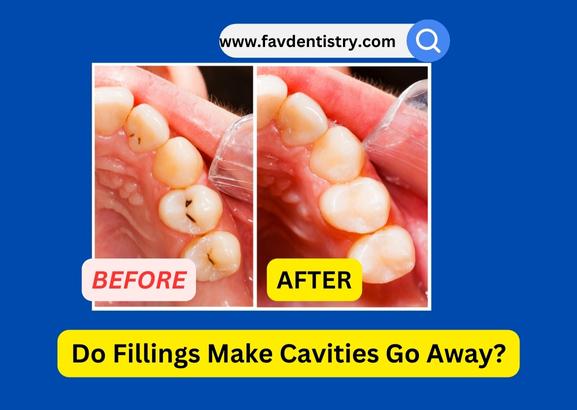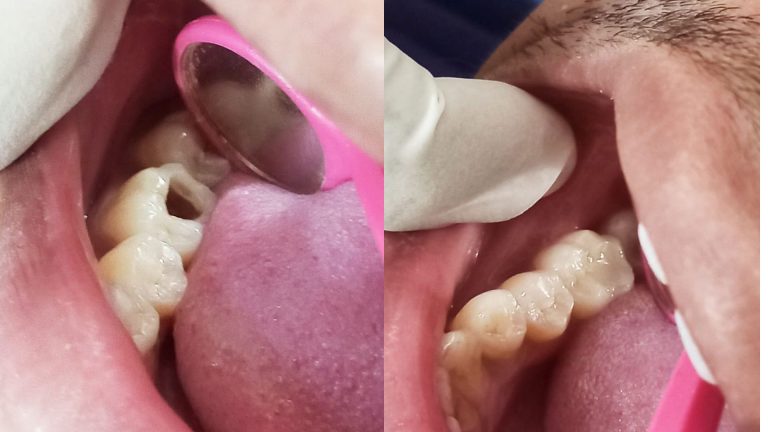Last Updated on 3 weeks by DR. ALBIN SIPES
Cavity fillings are used to treat cavities, which are small holes in the teeth that can be caused by tooth decay. Fillings are made of different materials, such as gold, silver, or composite resin, and are used to fill in the cavity and restore the tooth to its original shape.
A cavity filling is a dental restoration used to repair a tooth that has been damaged by decay. The filling material is placed into the cavity and then shaped to restore the tooth’s original form. Many different materials can be used for cavity fillings, including gold, silver, composite resin, and ceramic.
The type of material used will depend on the location of the cavity and the extent of the damage. Cavity fillings are a vital part of maintaining good oral health. They can help to prevent further decay and restore a damaged tooth to its original function and appearance.
Do Cavity Fillings Hurt?
Cavity fillings are a standard dental procedure and one that most people will experience at some point in their lives. The good news is that cavity fillings generally do not hurt. Of course, there may be some discomfort associated with having a filling placed, but this is typically minimal and temporary.
Before a cavity filling is placed, the dentist will numb the area around the tooth to be treated. Once the numbing agent has taken effect, the dentist will drill out the decayed portion of the tooth.
While you may hear the drilling noise, you shouldn’t feel any pain or discomfort. After the decay has been removed, the dentist will place a filling material in the space. This material can be made from a variety of materials, including composite resin (to match your natural tooth color), amalgam (a silver-colored alloy), or gold.
Once in place, the filling will be hardened using a particular light or laser. You may experience some sensitivity to hot and cold temperatures immediately after your filling is placed. However, this should subside within a few days as your tooth adjusts to its new filling.
If you have any concerns or continue to experience pain after your procedure, be sure to contact your dentist right away!
How Long Does Cavity Filling Last For?
Are you concerned about how long your cavity filling will last? Don’t worry. Most fillers last for many years. However, the life of a filling depends on the type of material used and where it is in your mouth.
For example, amalgam (silver) fillings last longer than composite (tooth-colored) fillings. The location of the filling also affects its longevity. Fillings in back teeth usually last longer than those in front teeth because they are not exposed to as much chewing force.
Additionally, if a filling is in an area of your mouth that is more prone to cavities (such as a pit or fissure), it may not last as long as a filling in a less susceptible area. That said, with proper oral hygiene and regular dental visits, your cavity filling should last for many years. So, if you have any concerns about your filling, be sure to talk to your dentist at your next appointment.
Do Fillings Make Cavities Go Away?

No, fillings do not make cavities go away. Cavities are permanent damage to the tooth that can only be repaired with a filling, crown, or other dental treatment.
What is Cavity Filling Made Of?
A cavity filling is a dental restoration used to repair tooth decay. The decayed portion of the tooth is removed, and the cavity is filled with a material that restores the tooth to its original shape and function. Several materials can be used for cavity fillings, including amalgam (silver), composite (tooth-colored), gold, porcelain, and silver alloy.
Amalgam is the most common type of filling material used. It is solid and durable, but it can also be noticeable due to its silver color. Composite fillings are made to match the color of your teeth and are less visible than amalgam fillings.
They are less strong than amalgam fillings, but they can be used in smaller cavities. Gold fillings are solid and durable, but they are also expensive and require multiple visits to the dentist to place them correctly. Porcelain fillings are made to match the color of your teeth and provide a natural appearance.
Silver alloy fillings are less visible than amalgam fillings, but they may discolor over time.
How Does a Dentist Fill a Cavity?
Cavity Filling Cost
The cost of a cavity filling can vary depending on the severity of the cavity, the location of the tooth, and the filling material used. The average cost for a silver amalgam filling is between $50 and $150. The average price for a composite resin filling is between $90 and $250.
The average cost for a gold foil filling is between $300 and $600.
Conclusion
Cavity fillings are used to restore teeth that have been damaged by decay. The filling material is placed in the cavity, and then it is sealed with a bonding material. Different types of materials can be used for cavity fillings, including composite resins, porcelain, and gold.





